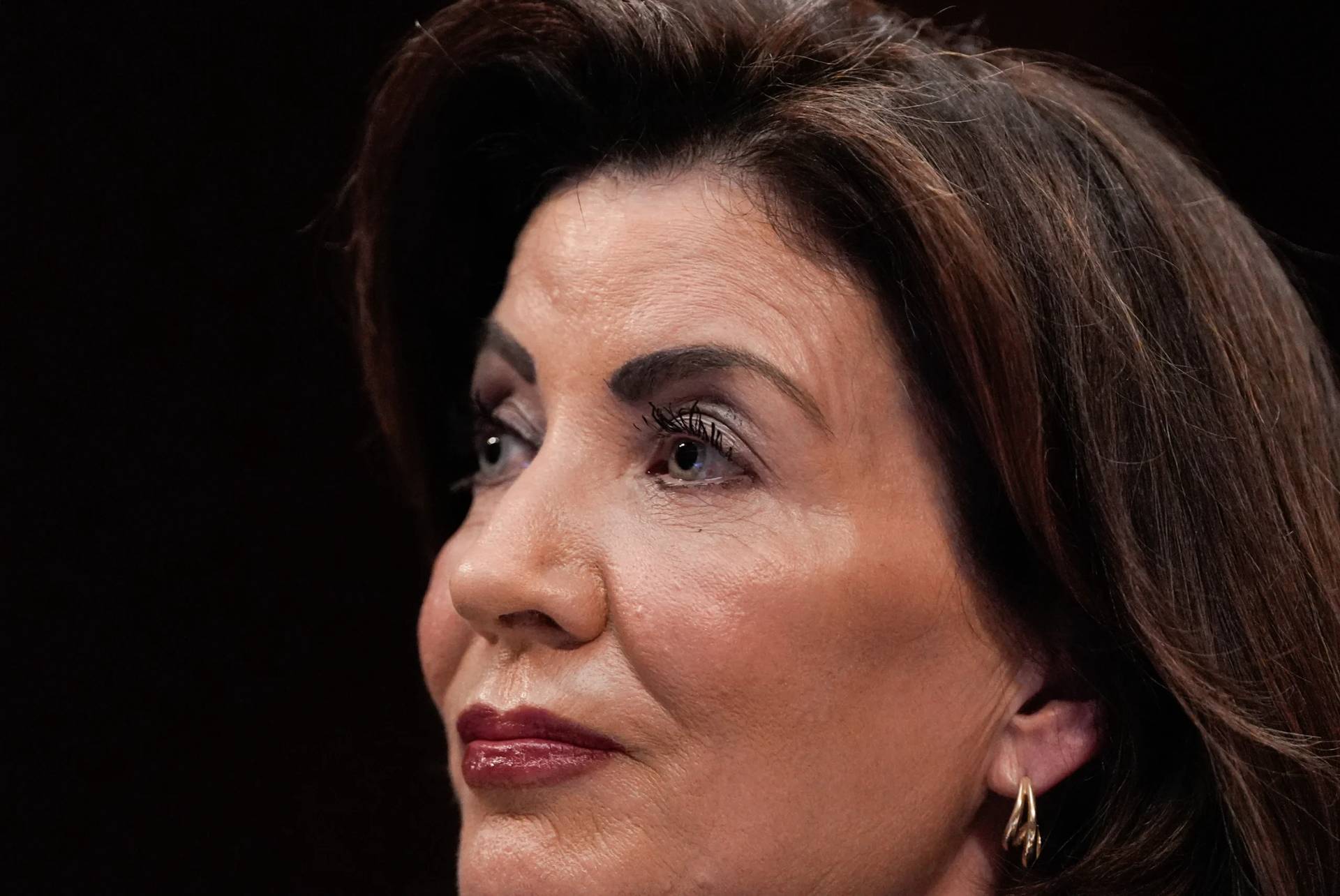SAN DIEGO — “Worms out of undead eye sockets? Really, Eleanor?”
That was the reaction that Eleanor Bourg Nicholson, director of religious education at St. Thomas Aquinas University Parish in Charlottesville, Virginia, probably never expected to hear at the parish office.
Or, at least not until this past summer, when Ignatius Press published her novel, A Bloody Habit, and her fellow parishioners started reading it.
The revelation that the parish’s head catechist had written a Catholic-themed tale of vampires and vampire-slayers set in Victorian England has elicited a variety of reactions.
“I keep joking that it’s going to destroy or make my credibility as a catechist, and I think the jury’s still out,” the 35-year-old author said during a mid-September telephone interview with The Southern Cross, newspaper of the Diocese of San Diego.
So far, she said, most people seem to be “amused, bemused and intrigued.”
“A Bloody Habit is a straightforward Gothic vampire story, but with a particular twist in that I’m pitting Dominican friars against the vampires and presenting it through the eyes of a nonbeliever,” Nicholson said.
The novel is narrated by agnostic lawyer John Kemp, whose skepticism about the supernatural and prejudice against the Catholic Church begins to erode in the company of expert vampire-slayer Father Thomas Edmund Gilroy, whom Nicholson describes fondly as “my round-faced, bespectacled Dominican.”
Nicholson, a member of the Lay Fraternities of St. Dominic, said the Dominicans who staff her parish found it “hilarious” that she depicted their order as having a papal mandate to dispatch vampires. The college students who serve as catechists under her supervision also were enthusiastic about the novel. Other parishioners have confided to her that they don’t typically read horror fiction but decided to make an exception in her case.
A longtime aficionado of Gothic literature, Nicholson said she is “very happy reading anything written from about 1780 to about 1930.”
She noted that Gothic writers often employed Catholic imagery to evoke the supernatural, despite the fact that the authors themselves were usually anti-Catholic. For her own novel, Nicholson wasn’t satisfied using the trappings of Catholicism in a superficial way, but set out to craft a story in which the faith element is “much more integrated.”
As a practicing Catholic, Nicholson wanted her book to be grounded in Catholic theology. She didn’t want anything — not even her depiction of imaginary creatures such as vampires — to be at odds with the Church.
Nicholson first read Bram Stoker’s Dracula in her late teens and has been “haunted” by it ever since, returning to it many times over the years. She has written about it as a student and as a scholar, and she even served as editor of the Ignatius Critical Edition of Dracula.
She said the non-Catholic Stoker “botched” a number of details about Catholicism in his novel. But unlike many of his contemporaries, she said, he had no animus toward the Church and was often on the right path, especially with “the idea of vampires as the anti-Eucharist.”
Still, Nicholson’s appreciation for Stoker’s novel didn’t stop her from musing about how the author might have improved his story if he had given his villain a better strategy and a different adversary.
While attending a writing retreat in November 2009, Nicholson had a vivid nightmare about a Dominican friar, vampires and a lawyer on a train. Upon awakening, she wrote the first chapter of what would become A Bloody Habit.
She said some Catholic readers have commented that her book is “not really about vampires, is it?” And she tends to agree with them.
“I think it’s about good and evil, and I think it’s about hope in the face of horror,” she said. “The vampires are just part of the makeup of the genre and, I hope, very effective in bringing the protagonist” and, hopefully, the reader as well “to the point of something like hope.”
Nicholson took great care to tell an engrossing story and not to “lapse into proselytism and preachiness.” She said Gothic fiction can be an effective means of evangelization because its authors deal with subjects such as life, death, damnation and redemption, which Nicholson described as “things that you can’t really get away with talking about in other genres without coming off as preachy.”
When readers come to the end of the main characters’ adventure, Nicholson hopes that they will be smiling, after having been “thoroughly creeped out.” Beyond that she hopes her readers will receive the same thing that she gifted to her agnostic protagonist.
“I don’t presume to expect conversion of hearts. This is, after all, a novel, not a theological treatise,” she said.
But, she added, “The gambit of a Catholic novel, Gothic or otherwise, is an invitation to widen the soul of the reader, even slightly. And in A Bloody Habit I hope to invite the reader to widen it to a greater capacity for joy and the possibility of belief.”
– – –
Grasska is assistant editor of The Southern Cross, newspaper of the Diocese of San Diego.

















